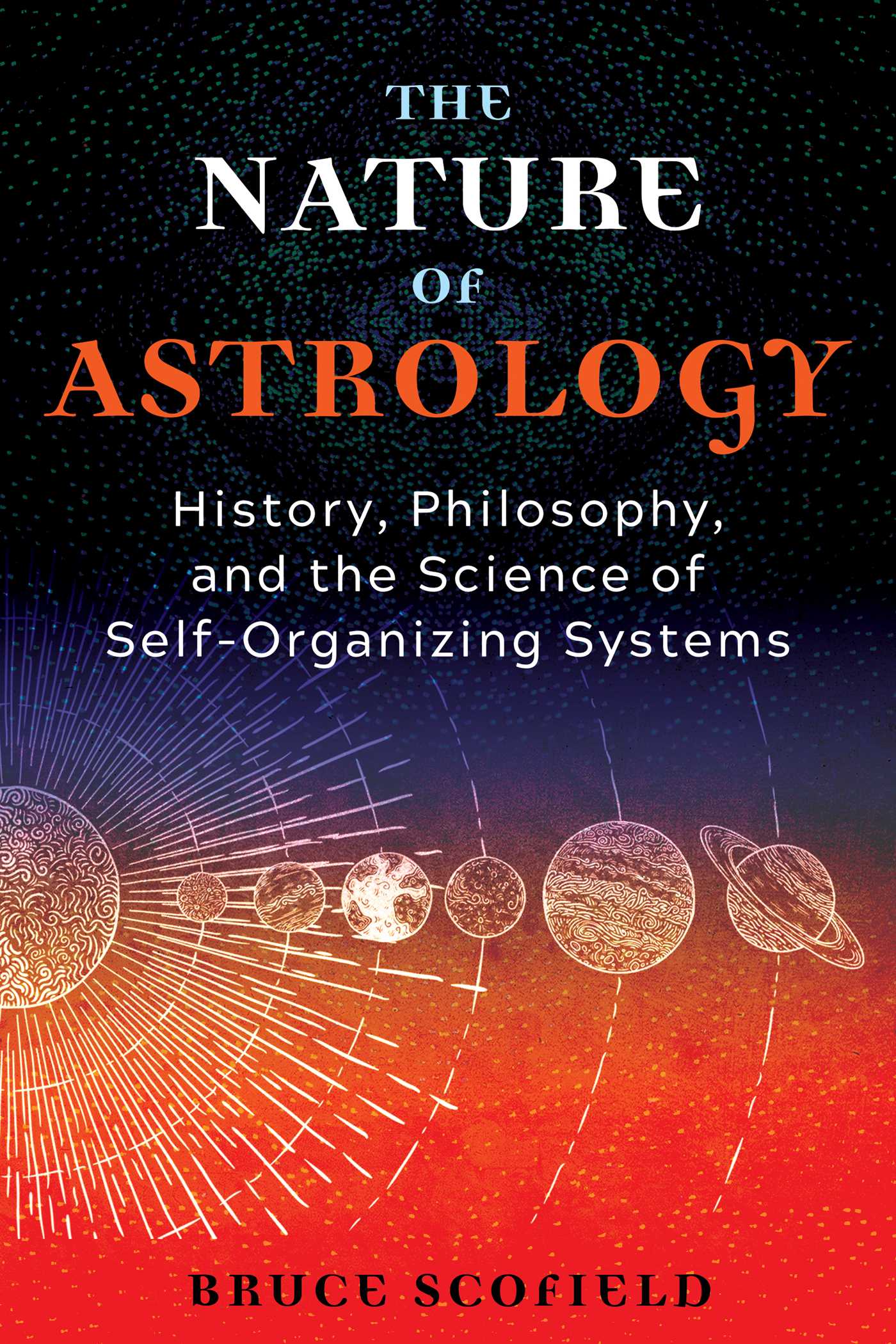Astrology is a science and interpretive art that has gone through many cycles of resurgence and retreat over centuries. Currently, astrology is in one of its heyday periods, largely due to the phenomenal expansion of social media. Not only are millions of people now following some form of astrology online, but it is also now the case that just about anyone who takes a few astrology classes and is good at on-line marketing can become an “influencer” and bypass the older ways in which astrologers used to earn their credentials. At the same time, astrology remains a kind of fringe phenomenon, widely misunderstood and viewed with disdain by elite, mainstream thinkers.
Bruce Scofield’s sweeping new book could not have been published at a better time for the sake of explaining to a general readership what astrology actually is, what it can be, and why historically, the subject of astrology fell into disrepute in the West over a period of centuries.
This is one of the most important books written about astrology in recent times. It’s on a par with and will likely be compared to Richard Tarnas’ 2006 Cosmos and Psyche: Intimations of a New World View which explained how outer planet transits have correlated with major shifts in world affairs. As with Cosmos and Psyche, Scofield’s The Nature of Astrology should be required reading for astrology students. It’s also an ideal book for general readers who don’t know much about astrology and wonder what it’s about.
Scofield has had a 50-plus year career as both a geoscientist and an astrologer and has written a lot of astrology books. His new tome is like three books in one.
Part 1 gives a sweeping history of the multi-millennial history of scientific observation of “correlations between astronomical and terrestrial phenomena.” As early as about four thousand years ago, astrology had become a “systematic, specialized, and descriptive body of knowledge.” It was known, for example, that the phases of Venus’ synodic cycle with the Sun had influences on terrestrial phenomena such as rainfall, food supply, wars, and kingly affairs. Scofield explains that astrology can’t explain all phenomena but what it can explain is how self-organizing systems (from a single cell to a plant to an animal) work. The most basic ways in which “life internalizes the sky” are with the diurnal cycles of day and night, and the annual progressions of day length across seasons. About two thousand years ago, Hellenistic astrologers formulated a system based on nature’s multiple cycles and based on the Stoic philosophy that the cosmos is an orderly intelligent living being. In Part 1, Scofield details the prominence of astrology over centuries of weather forecasting including his own studies of the effects of transits between the Sun and Saturn on temperature changes in the New England area. His point is that there’s a wide open field for scientists to study how and to what extent the movements of the planets interact with phenomena on Earth.
But that doesn’t happen, and hasn’t happened much in history, because of the long and complex history of how astrology became a disrespected subject. Up until the 17th century, the terms astrologer, astronomer and mathematician were used interchangeably. What happened? In Part 2, Scofield shows that it was not just the Church, nor was it just the rise of philosophies of humanistic rationalism spawned by the Scientific Revolution and the Renaissance, that did astrology in. It was the interplay of multiple historical developments. The rise of the printing press and the proliferation of astrological almanacs, for example, kept astrology popular in mass culture. It also meant that some ambitious astrologers made a lot of money pushing farfetched predictions, to the detriment of astrology remaining credible. It’s a cautionary tale even now as the proliferation of social media platforms means that there’s a lot of junk astrology in circulation.
In Part 3, Scofield takes on questions of how astrology can, over time, become a respected subject and profession, with the potential to revolutionize our understanding of how nature works. Some of Scofield’s recommendations are controversial among astrologers. He thinks there should be agreed upon standards for astrologers to meet in order to be certified--by whom is not clear-- similar to what other professions require. He wants to see astrology move away from being, primarily a practice of individual counseling, as it is now. He wants astrologers to collaborate with scientists to test astrology’s claims that planetary movements both correlate with, and even cause, terrestrial processes and events.
Given that there are, today, so few actually practicing astrologers and that most of them wear counseling hats, not lab coats, it’s hard to imagine Scofield’s vision for astrology coming to be. His point, though, is that over thousands of years, astrology as a field of knowledge and practice has survived severe challenges to its existence. And still, it lives on.
I cannot recommend this book highly enough.
~review by Sara R. Diamond
Author: Bruce Scofield
2022, Inner Traditions
527 pp., $39.99
The Nature of Astrology: History, Philosophy, and the Science of Self-Organizing Systems

©
2010 - 2025
Facing North
